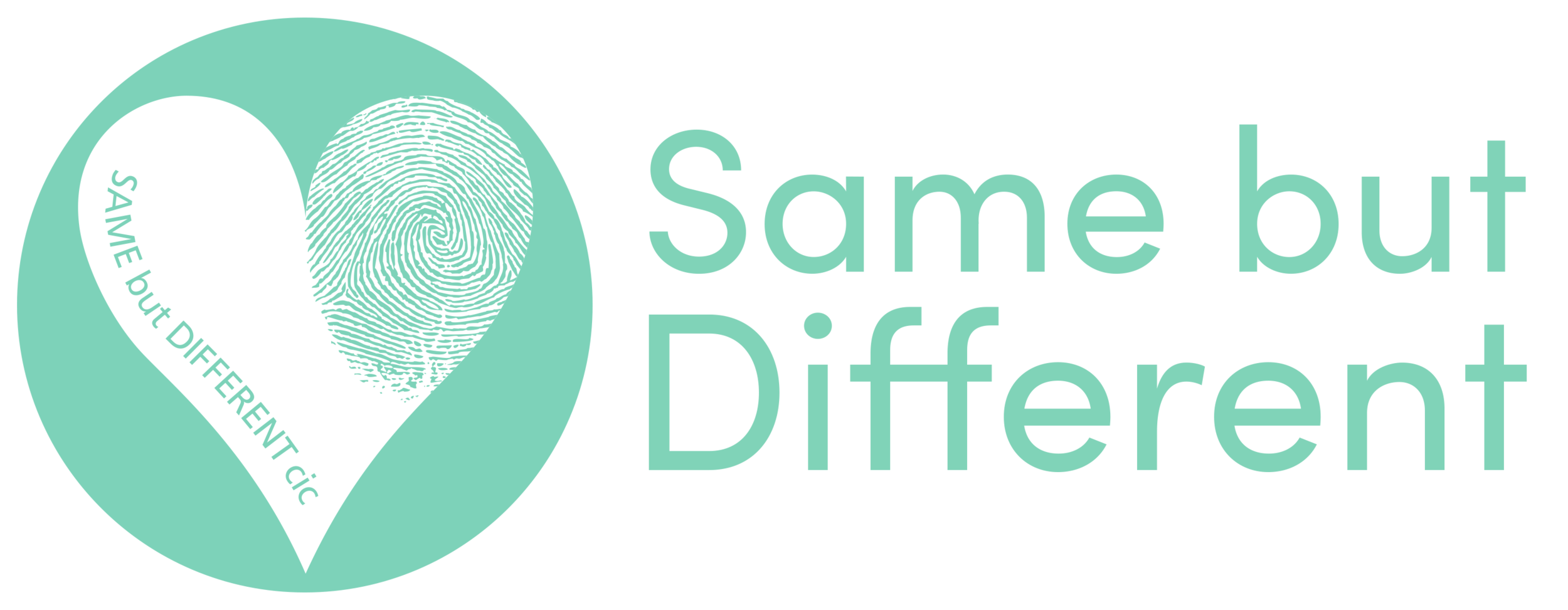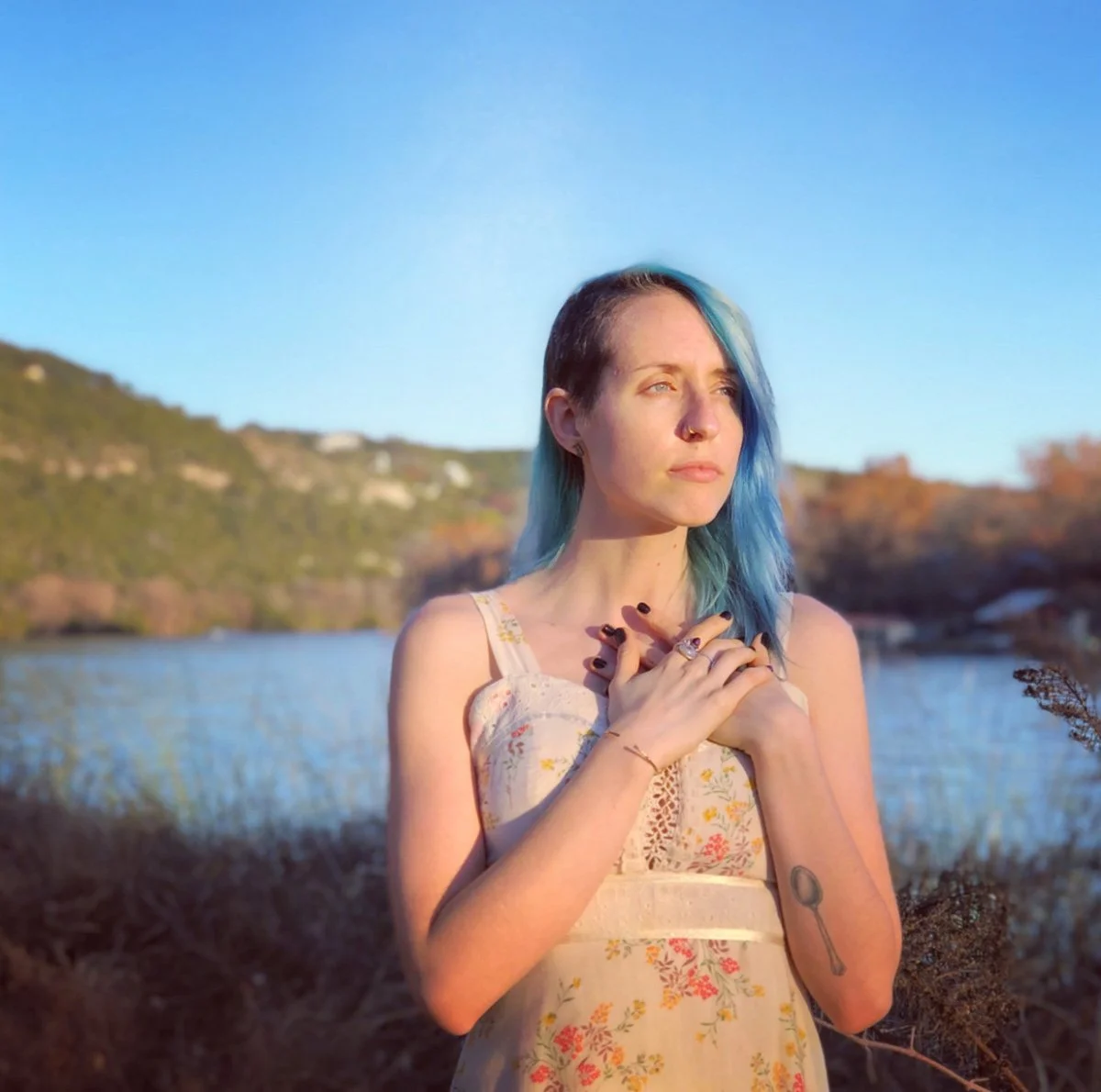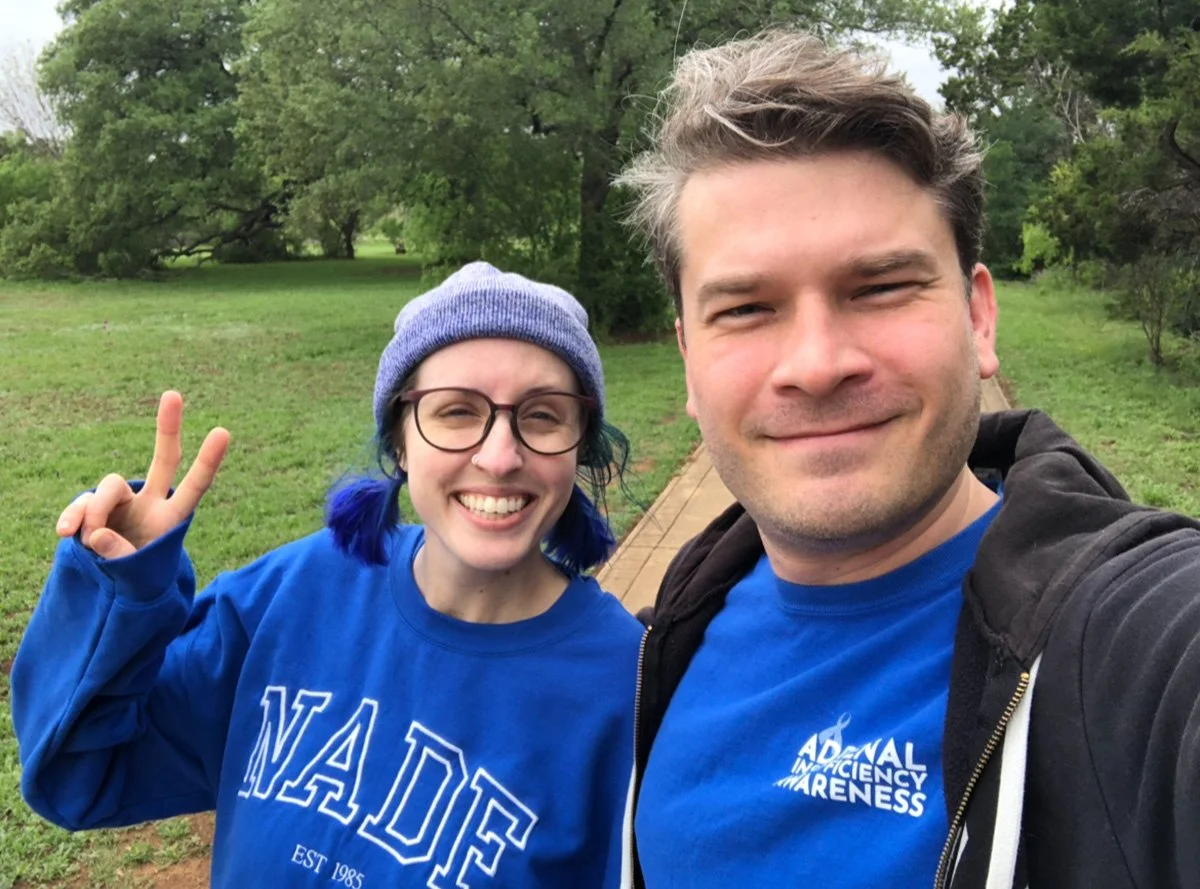“My entire life I kind of always felt unwell, but I had nothing to compare it to so I never really thought anything of it. I just thought that I was for some reason weaker, more tired or maybe more emotional than other people.”
In the rare disease community, it’s well known that doctors are taught to look for common conditions first, “When you hear hoofbeats, think horses, not zebras.” With symptoms often overlapping multiple illnesses, it’s no surprise that diagnosis can be slow and complex. What stood out however in Vanessa’s story was how, despite feeling unwell throughout much of her childhood and teens, her symptoms were repeatedly missed, or perhaps dismissed as something else. “When I was a kid, we had PE after lunch and I’d always be sick. I couldn’t go to recess, I’d lie down in the nurse’s office. Eventually, they thought I didn’t have friends and just wanted to sit in there. But I really didn’t feel well, I just didn’t know how to explain it.” Throughout her high school years she struggled, her symptoms increased including irregular sleep, hormone issues causing severe acne all over her face and back and episodes of passing out.
Vanessa’s health really began to spiral during college. “I just didn’t feel well, and things kept getting worse, fainting episodes, weight changes, rising anxiety. It all snowballed,” she says. After graduating and moving to Austin with her boyfriend (now husband) her symptoms intensified. “I really, really didn’t feel well, and I kept telling him, ‘I feel like a piece of me is missing, like there’s a hole in my body, and if I don’t figure it out, I’m going to die.’” Despite seeing multiple doctors, Vanessa felt increasingly helpless. No one seemed to grasp what was happening—or show much urgency in finding out what might be going on.
The turning point finally came when Vanessa saw a gynaecologist after nearly two years without a period. “She checked my hormone levels, and the first thing she said was, ‘Your DHEA is very low—you need to see an endocrinologist.’” Vanessa recalls, “I didn’t know anything about dehydroepiandrosterone, but she explained it’s a hormone from the adrenal glands that helps produce testosterone and estrogen. It was only when I was telling my mom about my appointment that she remembered that my great grandma had had a ‘really weird,’ rare endocrine disease. She offered to look through our family history, where she found the name for Addison’s disease, also known as Primary Adrenal Insufficiency.”
All photos courtesy of Vanessa O’Rourke unless credited otherwise
Despite her partner’s advice, Vanessa began researching the disease and what she found felt alarmingly familiar. “All of the symptoms matched what I was going through: my skin was bright orange, I was losing loads of weight, constantly nauseous, couldn’t digest food, and the brain fog and severe fatigue hit me like clockwork every day. I’d get home from work completely catatonic unable to speak, drooling, and just resting until I had to go back again.” Yet when she saw the endocrinologist, he dismissed her concerns. “Although yes, you are kind of orange, it’s really rare, so I doubt that you have it,” he told her. Still, Vanessa pushed for answers—and eventually, he agreed to run the tests.
The next day at work, Vanessa received a voicemail from the nurse urging her to call back immediately—it was an emergency. But no one answered all day, so she and her partner drove to the doctor’s office, anxious and afraid. Before going in, he reassured her: “Whatever information we get, it’ll be ok. Things might change, and we may have to adjust, but we’ll figure it out.” Inside, the consultant confirmed she had Addison’s disease and told her she needed to begin steroid treatment right away. Vanessa laughs, recalling how—despite the seriousness of the moment—she felt almost relieved. “I remember being so emotional, happy even. People who haven’t dealt with rare diseases might not understand, but I was happy because I had an answer. It was real. It wasn’t all in my head. And I was going to be okay—this diagnosis would help me.”
Though she’d done some research, she knew little about Addison’s and assumed it was simply an adrenal condition. As a yoga instructor living a holistic-lifestyle she was concerned about taking steroids and asked if there was an alternative. The doctor’s reply was blunt and immediate: without steroids, she would die. As is often the case, Vanessa’s diagnosis and the start of treatment brought both clarity and heartbreak. “I had a bit of ‘steroid guilt’—once you start, you can’t stop,” she says. “I didn’t fully grasp how urgently I needed them, and I remember crying in the pharmacy, holding the pills, knowing I’d be dependent for life. I kept thinking, ‘What does that look like?’ There are so many side effects, so many other medical issues that come with it.”
But then came a shift in perspective. “What I really want is to have a life while I’m alive. Yes, the treatment will bring complications later—but I want to have a later. In the rare disease community, there’s always something, and you just manage what’s in front of you. Whatever symptoms are loudest, you nurture them—and try to keep the others quiet.” Vanessa began treatment, but was crushed when her symptoms didn’t improve, and her medical team offered little support beyond the prescriptions. “I didn’t know much about my disease, and even though I was taking all these pills twice a day, I still felt awful. I kept wondering, ‘What am I missing? What am I doing wrong?’ But I couldn’t find anything online, and no one seemed to be talking about it. I thought, ‘Is anyone else out there? Is anyone else feeling this?’”
Photograph by Randy O’Rourke
That was eight years ago, and in search of connection she started a YouTube channel. “I wasn’t into social media—I didn’t even have Instagram. But this was all I had. I began sharing my experiences, talking about what was happening.” She continued blogging, hoping her story might reach others. Eventually, her search led her to the National Adrenal Disease Foundation (NADF) and a local support group. “The first meeting was a couple of months after my diagnosis, and I learned more in that hour and a half than from anything online or any doctor I’d seen.” With the support and insight she gained from the NADF community, Vanessa began to feel hopeful about managing her diagnosis. But by November—months after being diagnosed—her health had deteriorated even further. Desperate, she turned to the Mayo Clinic, renowned for its world-class care.
There, doctors uncovered a critical error: Vanessa’s prescription for low DHEA levels had been drastically miscalculated. “Instead of taking 10 milligrams every couple of days, I was taking 100mg every single day,” she explains. “This hormone boosts energy, which is fine in the right dose, but not when it’s so much you can’t sleep. I was only sleeping about 20 minutes a night and felt like I was losing my mind.” Still battling pain, nausea, and unable to eat properly, her weight had dropped to just 109lbs (49 kg), and her skin remained bright orange. This marked another turning point in her journey, as things finally began to slowly improve.
Vanessa began adjusting to life with Addison’s disease, learning to listen to her body and manage both symptoms and treatment. Unlike a fixed daily routine, living with Addison’s requires constant vigilance and flexibility. “Addison’s disease dictates everything, and navigating the current conditions and symptoms is vital,” she explains. Steroid doses must be tailored not only to measurable factors like weight or co-existing conditions, but also to external influences—stress, illness, fatigue, even warm weather. Any drop in cortisol can trigger an adrenal crisis, making daily life a careful balancing act. This constant need to adapt is one of the greatest challenges of living with the condition.
Vanessa’s health, and how she can both deal with and navigate the world can change not only daily, but by the hour. This can at times be hard for people to understand, and so she has found a way to describe her condition that is both simple, and utterly effective. “Imagine a car that has a hole in the gas tank, you must keep putting in gas, knowing that it will keep running out but without knowing exactly when. This is because at any time you will be using different amounts of gas, depending for example on the speed that you’re driving, or the road conditions at the time. As the amount of time it takes for the tank to empty varies, you must constantly monitor and pre-empt it. My adrenal glands are no longer producing the two essential hormones, cortisol and aldosterone, that the body needs to live, so I must constantly take similar steroids to replace them. Not only do they help to keep me alive, and to function, if I don't take an adequate amount, or if my body uses more than expected (for example if I’m ill or stressed) then the outcome can be catastrophic.”
Her early decision to share her journey on YouTube helped her connect with a wider community, and through those connections, she became a passionate advocate. After years of volunteering with the National Adrenal Disease Foundation (NADF), she now serves as their Community Engagement Manager, a role that perfectly channels her gift for communication, education, and support. “I know how hard it is in the beginning, how overwhelming it is,” Vanessa says. “And I love being able to support people through that, to tell them, ‘you’re not alone.’ I will always hold space for people, because I know how valuable that is. And although our stories might be different, they’re also the same.”
Today, Vanessa is thriving, not because she’s symptom-free or has all the answers, but because she’s adapted, grown, and embraced her reality. By reshaping her life around the demands of Addison’s disease, she’s found a way to truly live.
Visit Vanessa’s Youtube channel here and her Instagram page here.
FIND OUT MORE
About Rarity Life:
Rarity Life is an online publication that offers those affected by rare disease, disability and cancer the opportunity to create content that is truly inclusive, to unify our collective experience and to celebrate and share our differences.
To read the latest edition and all previous releases of Rarity Life click here.
About Adrenal Diseases:
Adrenal diseases describes a group of different conditions that all affect the adrenal glands. The adrenal glands are small endocrine glands, which are found on top of each kidney. Their role is to produce a variety of hormones, including adrenaline, steroid hormones such as androgens, mineralocorticoids and corticosteroids. These hormones play a crucial role in the body, regulating metabolism, blood pressure, immune system, and stress response so when the adrenal glands do not work as they should it can lead to various endocrine conditions.
Put simply, adrenal gland disorders occur when your adrenal glands make too much, or not enough, of the hormones needed. There are a number of different types of adrenal gland disorders, the most common of which include Addison's disease, Cushing's syndrome, congenital adrenal hyperplasia, and primary aldosteronism. Symptoms can vary widely depending on the specific condition and the hormones affected. Early diagnosis and treatment are essential for managing these potentially life-threatening disorders. People with an Adrenal Insufficiency are steroid dependent for the rest of their lives, and will have to take Cortisol and aldosterone steroid replacements, typically Hydrocortisone and Fludrocortisone, on a daily basis.
Find out more by clicking here.
National Adrenal Diseases Foundation (NADF):
To find out more about the National Adrenal Diseases Foundation (NADF) click here.












